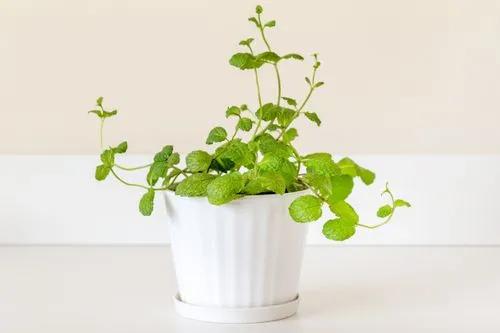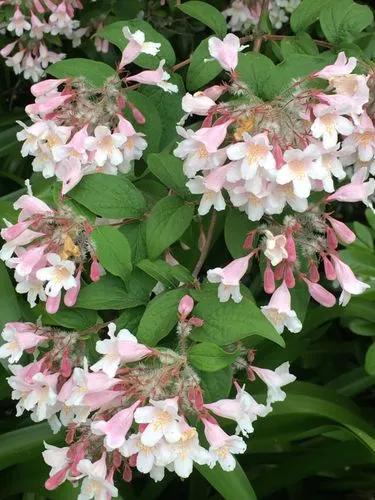Ansellia africana are discovered on the island of Bioko (Fernando Po) in West Africa, this extremely volatile orchid is now widespread throughout tropical Africa. There are reports of encountering it in northern Angola, Nigeria, Kenya, Uganda, Tanzania, Zambia, Malawi, northern Botswana, Namibia...This orchid is an epiphyte, which means that the whole plant, roots and all, grow above ground, attached to the branches of trees. The roots, which anchor the plant to the tree, are specially adapted to absorb water and nutrients very quickly. An unusual feature are the needle-like roots pointing upwards which form in a dense mass around the pseudobulbs and catch the rotting leaves and detritus upon which the plant feeds.The plant flowers during the dry winter months in a mass of yellow or greenish yellow blooms, which can be lightly or heavily marked with brown spots. In the wild, plants live for a long time and can become very large, some estimated to weigh over a tonne.
African Ansellia Care
ansellia africana



How to Care for the Plant

Water

Rainfall is low to moderate throughout the year with a slightly drier period in winter. The cultivated plants should often be watered during active growth, but excellent drainage should be ensured so that the substrate within the roots is not degraded or soggy.

Fertilizer

During the active growth, the plant should be fertilized every week 1/4-1/2 of the recommended dose of fertilizer for orchids. From spring to mid-summer, you can use fertilizer enriched with nitrogen, then switching to phosphorus-enriched fertilizer in late summer and autumn.

Sunlight

Ansellia africana needs a light level of 25000-40000 lux. To bloom, the plants need a lot of bright light, but it should be filtered or dispersed, and the plants should be protected from the midday sun. Strong air movement should be ensured all the time.

Soil

Ansellia africana grows better when placed in a relatively large container, with excellent drainage, using a very loose, quickly draining excess water substrate, providing excellent air circulation. After watering the substrate must dry up quite quickly. You can use medium granulation of fir bark or pieces of tree fern fiber with the addition of coarse pearlite and / or chopped sphagnum moss, which simultaneously increases the permeability of the substrate and allows the retention of moisture. The addition of charcoal helps to ensure permeability and prevents soda.

Temperature

It is a thermophilic plant, but requires cool nights during rest periods. In summer, the average day temperature is 25-26 ° C, night 18-19 ° C, with a daily amplitude of 7 ° C. The average winter temperature is 21 ° C at night, 9-11 ° C at night, with a daily amplitude of 10-11 ° C.

Popularity

9 people already have this plant 7 people have added this plant to their wishlists
Discover more plants with the list below
Popular articles






